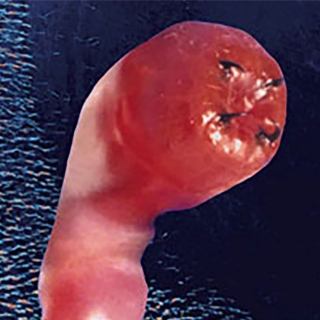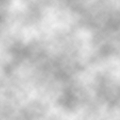
Biotools
Living organisms are equipped with a variety of implements, which help them cope with the more physical challenges of survival. These include teeth, fangs, beaks, spines, claws etc, essential in feeding, defense, and predation. Although the fantastic canines of Dracula are the most famous fangs, nature shows equal or superior inventiveness in the diversity of architectures and chemistries exploited to build fearsome homologous structures. We are exploring three biotools; the jaws of the polychaetes, Glycera and Nereis and the beak of the jumbo squid Dosidicus. In stark contrast to Dracula's fangs, these structures contain little or no mineral yet manage to maintain a stiffness, hardness and resistance to wear that is comparable to that of their highly mineralized counterparts in vertebrates. How do they do it?
The bloodworm Glycera makes jaws that are a peculiar laminated composite of melanin and a histidine-rich protein. Near the jaw tips there are also deposits of a copper-based mineral atacamite. In contrast, the jaws of the clamworm Nereis, while retaining histidine-rich proteins, dispense with melanin and mineral, relying instead on a little Zn+2 to interconnect the proteins. Also, the more superficial jaw portions are halogenated with iodine and bromine.
Despite their dark color, the beaks of Dosidicus also appear void of melanin, and no mineral or metal ions are detectable. The histidine rich proteins, however, are present and appear to be complexed with chitin.
What's so appealing about these biotools? Surely all manner of cutting, piercing, grinding and grasping tools made of variously alloyed steels already exist. One reason for their appeal is weight. Compare a worm jaw and a steel awl: assuming that both perform equally well for a given function, for a given volume the worm jaw would weigh only a seventh of the steel awl since protein density is about 1.2 g/cc compared to 8 g/cc for steel. As the cost of fuel continues to spiral upwards, weight reduction in high performance high impact materials is in need of increasing attention.










